Let's face it—chili is the kind of dish that makes you feel like a campfire philosopher, especially when cooked low and slow on a Traeger grill. But why stick to the same old recipe when you can jazz things up with some seriously innovative spice pairings?
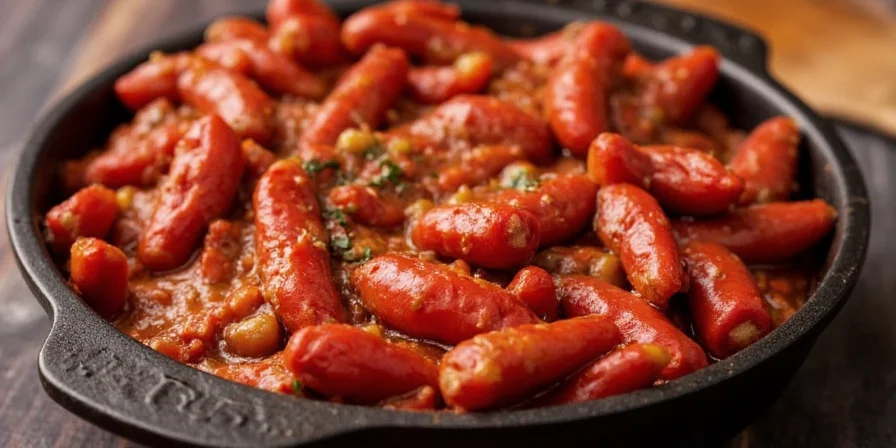
Table of Contents
- Why Traeger Makes the Ultimate Chili Experience
- The Standard Chili Spice Kit – Boring or Beloved?
- Innovative Spice Pairings That'll Flip Your Lid
- Traeger Chili Recipe with a Twist
- Pro Tips for Perfect Pellet-Grilled Chili
- Bonus: Serving Suggestions with Spice-Powered Pizzazz
- Science Behind Flavor Pairing Chemistry
Why Traeger Makes the Ultimate Chili Experience
The Traeger isn't just a grill—it's your kitchen, smoker, and flavor laboratory all in one. Cooking chili on a Traeger means infusing every bite with rich, smoky depth without sacrificing control or consistency.
- Low and slow cooking: Builds complexity in flavors through Maillard reaction development over extended periods
- Smoke infusion: Adds layers of aromatic intensity as lignin and cellulose in wood pellets break down into flavor compounds
- Digital precision: No more guessing game with temps—maintains optimal enzymatic activity for flavor development
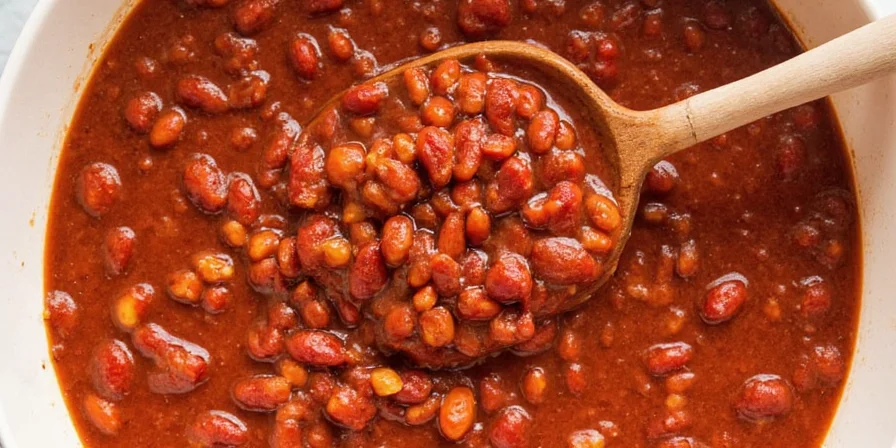
The Standard Chili Spice Kit – Boring or Beloved?
Most traditional chili recipes rely on a standard trio: cumin, smoked paprika, and chili powder. While these are classics for a reason, they're also about as exciting as watching paint dry—if you're into that sort of thing.
| Traditional Spices | Flavor Profile | Common Usage |
|---|---|---|
| Cumin | Earthy, nutty, slightly citrusy | Main backbone of most chili blends |
| Smoked Paprika | Smoky, sweet, mildly spicy | Adds depth and warmth |
| Chili Powder | Varying heat levels with a base of cumin and garlic | Broad application for Tex-Mex styles |
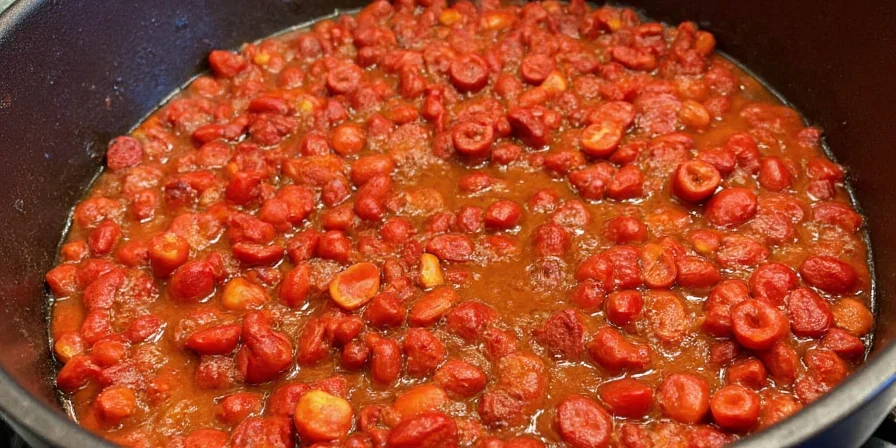
Innovative Spice Pairings That'll Flip Your Lid
Ready to ditch the expected and embrace the extraordinary? These unconventional yet scientifically-backed pairings leverage flavor compound compatibility to create harmonious taste experiences that will make your chili the talk of the next backyard gathering.
Fenugreek + Dark Chocolate
Fenugreek brings a maple-like sweetness and subtle bitterness that complements dark cocoa beautifully. Think of it as chili meets mole—both contain sotolon (fenugreek's key compound) and theobromine (in chocolate) which share molecular structures creating synergistic flavor enhancement.
Szechuan Pepper + Lime Zest
A tingling, citrusy kick that wakes up your palate mid-bite. Szechuan's hydroxy-alpha sanshool interacts with temperature receptors while lime zest's limonene provides bright top notes—perfect for adding an unexpected layer of freshness through trigeminal nerve stimulation.
Turmeric + Orange Peel
This combo adds earthy brightness and a vibrant color boost without overpowering the base flavor. Curcumin in turmeric binds with hesperidin in orange peel creating a more stable flavor compound that lasts longer on the palate.
Ancho & Ghost Pepper Blend
Start mild, end hot. Ancho gives deep fruitiness while ghost pepper drops the mic halfway through your bowl. The capsaicin in ghost pepper is tempered by ancho's fruity esters, creating a flavor arc rather than overwhelming heat.
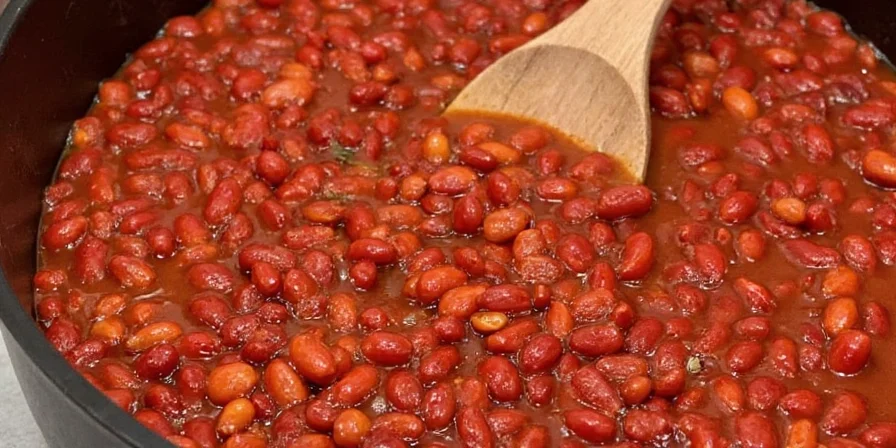
Traeger Chili Recipe with a Twist
Here's how to make a chili that's bold, balanced, and full of surprises—all while letting your Traeger do the heavy lifting. This recipe leverages flavor layering principles for maximum taste receptor activation.
Ingredients
- 2 lbs ground beef (or plant-based alternative)
- 1 cup black beans
- 1 cup kidney beans
- 1 large onion, chopped
- 4 cloves garlic, minced
- 1 can crushed tomatoes
- 1 tbsp cumin
- 1 tsp smoked paprika
- 1 tsp chili powder
- ½ tsp fenugreek
- ¼ tsp Szechuan peppercorns (crushed)
- Zest of ½ orange
- 1 oz dark chocolate (70% or higher)
Instructions
- Preheat your Traeger to 275°F (135°C) using hickory pellets for a bold smoke.
- In a Dutch oven, sauté onions and garlic until golden—critical for developing 20+ flavor compounds through caramelization.
- Add meat and brown thoroughly, scraping fond from pot bottom.
- Mix in spices, tomatoes, beans, zest, and chocolate—add fenugreek early for maximum compound release.
- Place pot on the grill and let cook for 2–3 hours, stirring occasionally to prevent uneven heat distribution.
- Taste and adjust seasoning before serving—remember salt perception changes as temperature drops.
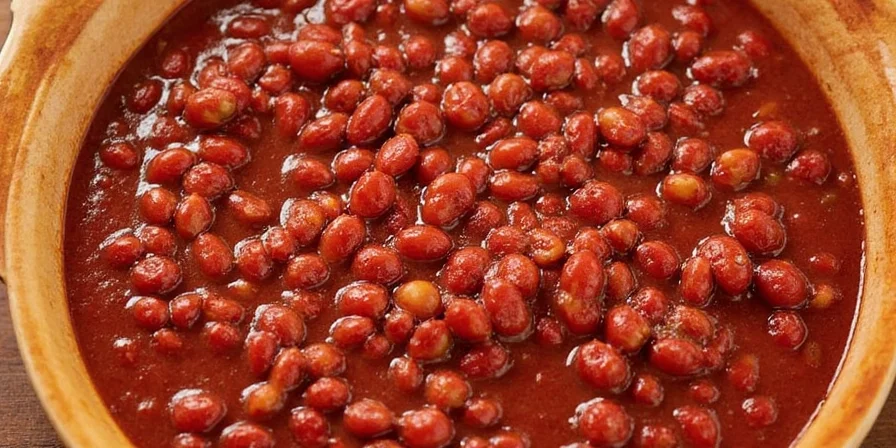
Pro Tips for Perfect Pellet-Grilled Chili
- Use a cast iron Dutch oven: Retains heat better than any other material for consistent enzymatic reactions.
- Stirring matters: Stir every 30–45 minutes for even thickening and flavor development—prevents protein denaturation gradients.
- Liquidity check: If too thick, add a splash of beef broth or tomato juice—maintain optimal viscosity for flavor compound diffusion.
- Don't rush the smoke: Let it go at least 2 hours for maximum penetration—smoke compounds need time to bind with food molecules.
- Rest before serving: Let sit for 10–15 minutes; flavors meld like a dream team through molecular diffusion.
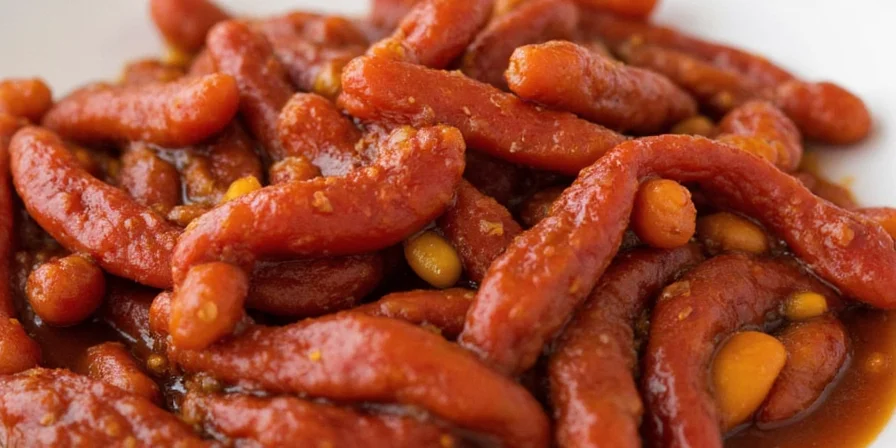
Bonus: Serving Suggestions with Spice-Powered Pizzazz
Your chili deserves toppings that match its personality. Go beyond sour cream and shredded cheese with these creative options that enhance rather than mask your carefully crafted flavor profile:
| Topping | Flavor Boost | How to Use |
|---|---|---|
| Avocado Crema with Lime Zest | Brings creaminess with a zesty kick that cuts through richness | Drizzle over the top after serving to preserve volatile compounds |
| Toasted Pepitas with Cinnamon | Nutty crunch with warm spice notes that complement smoky elements | Sprinkle on top for texture—cinnamon's cinnamaldehyde enhances spice perception |
| Orange-Chipotle Slaw | Crunchy, tangy, slightly spicy counterpoint to rich chili | Serve alongside or on top—acidity balances fat content for cleaner finish |
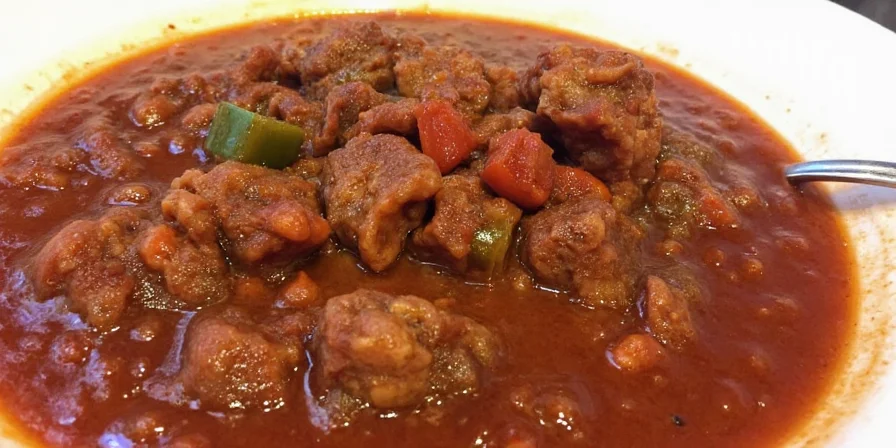
Science Behind Flavor Pairing Chemistry
What makes these unconventional pairings work? Flavor pairing theory suggests ingredients sharing key volatile compounds will complement each other. Our innovative combinations leverage this principle:
- Fenugreek + Chocolate: Both contain sotolon, creating flavor harmony
- Szechuan + Lime: Hydroxy-alpha sanshool's tingling effect amplifies citrus perception
- Turmeric + Orange: Curcumin binds with citrus flavonoids for longer-lasting flavor
For adventurous home cooks using pellet grills, understanding these molecular interactions transforms cooking from following recipes to creating personalized flavor experiences. The Traeger's precise temperature control makes it ideal for exploring these scientific principles in practice.
Conclusion
Who knew your Traeger could be the gateway to culinary experimentation? By stepping outside the traditional spice box and embracing new flavor combinations grounded in food science, you're not just making chili—you're crafting a multi-sensory experience.
So fire up that grill, grab your Dutch oven, and let those spices dance. Your taste buds (and possibly your guests) will thank you.
Can I use these spice pairings with regular stovetop chili?
Yes, these pairings work on any cooking method, but the Traeger's smoke infusion creates additional flavor compounds that interact uniquely with these spice combinations. For stovetop, increase spices by 15% to compensate for lack of smoke chemistry.
How do I adjust these pairings if I'm sensitive to heat?
Reduce ghost pepper to 1/8 tsp and omit Szechuan peppercorns if extremely heat-sensitive. The flavor chemistry still works with just the fenugreek-chocolate and turmeric-orange pairings. Add a pinch of sugar to balance any remaining heat.
Does the type of wood pellet affect these spice combinations?
Absolutely. Hickory enhances earthy spices like fenugreek, while fruitwoods like cherry complement citrus elements. For this recipe, hickory provides the best balance, but maple pellets would work well with the chocolate pairing specifically.
How long should I cook chili for optimal flavor development?
2.5 hours is ideal for molecular interaction of spice compounds. Beyond 3 hours, some volatile compounds begin to degrade. The Traeger's consistent low temperature maximizes flavor development without burning delicate spice elements.
Can these principles apply to other smoked dishes?
Yes, the flavor pairing chemistry works across smoked foods. Apply these principles to brisket rubs, smoked vegetables, or even cocktails. The key is understanding how smoke compounds interact with specific spice molecules in each application.

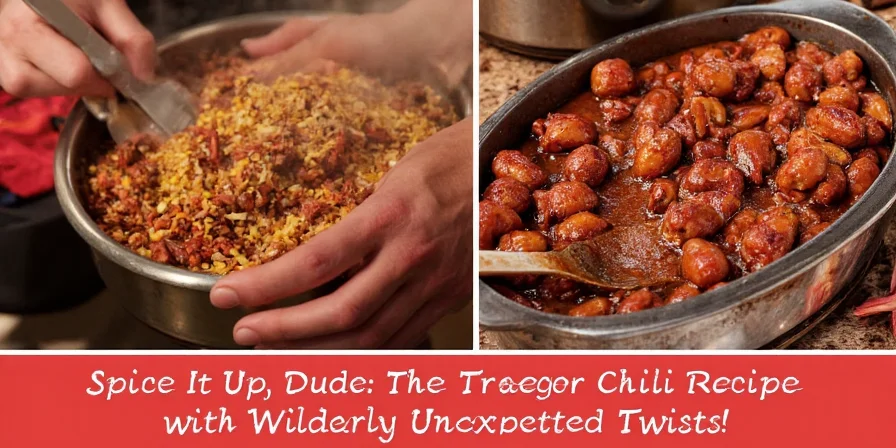









 浙公网安备
33010002000092号
浙公网安备
33010002000092号 浙B2-20120091-4
浙B2-20120091-4